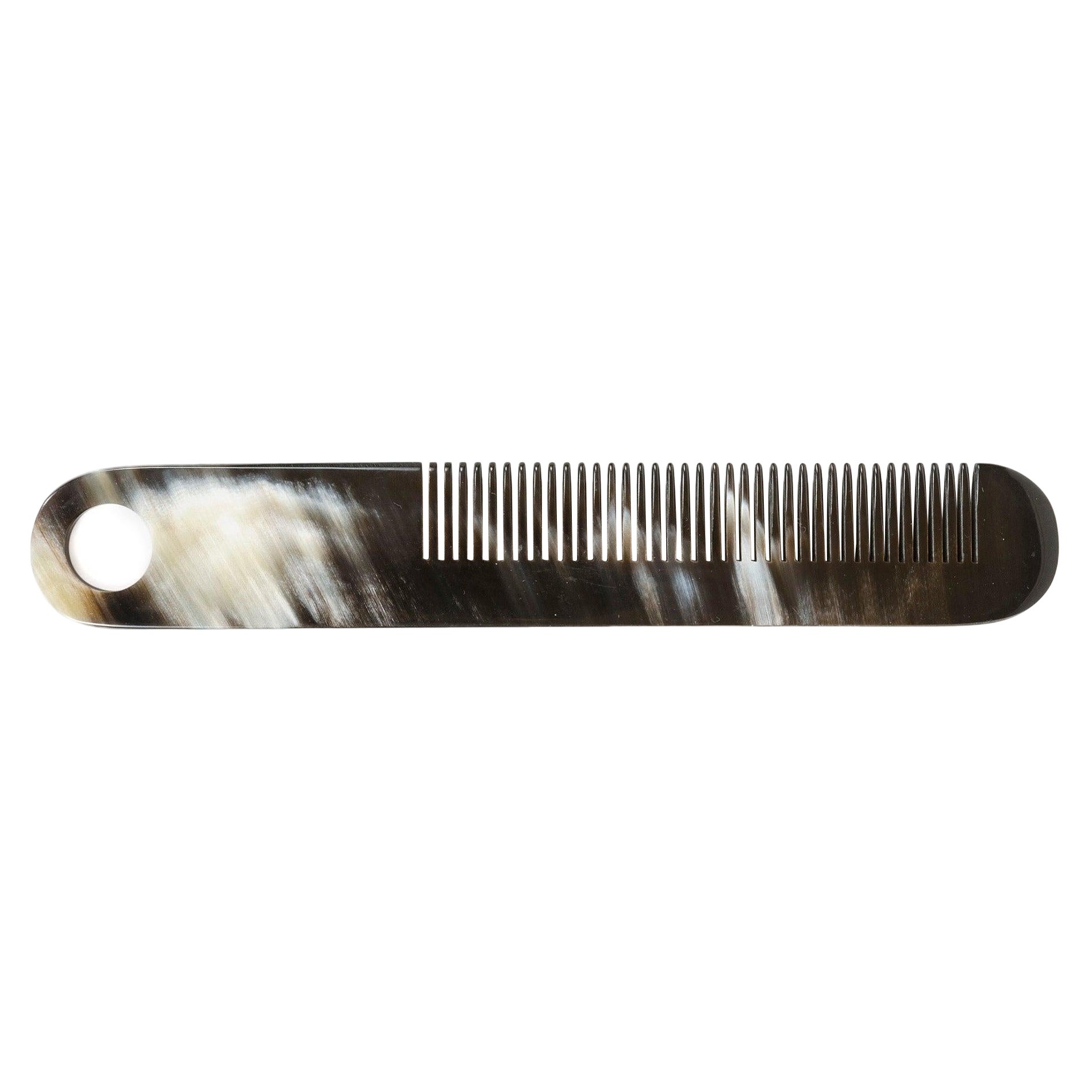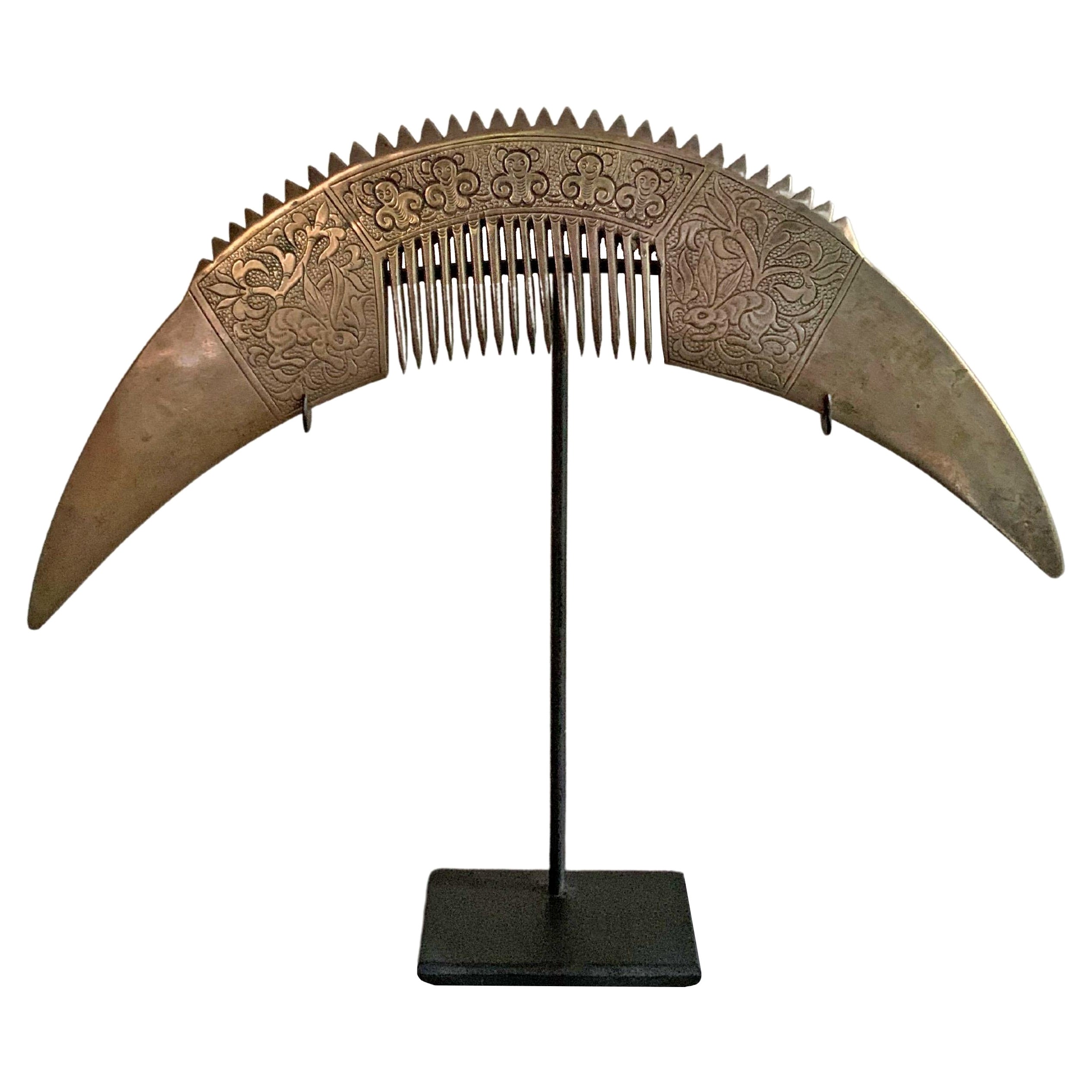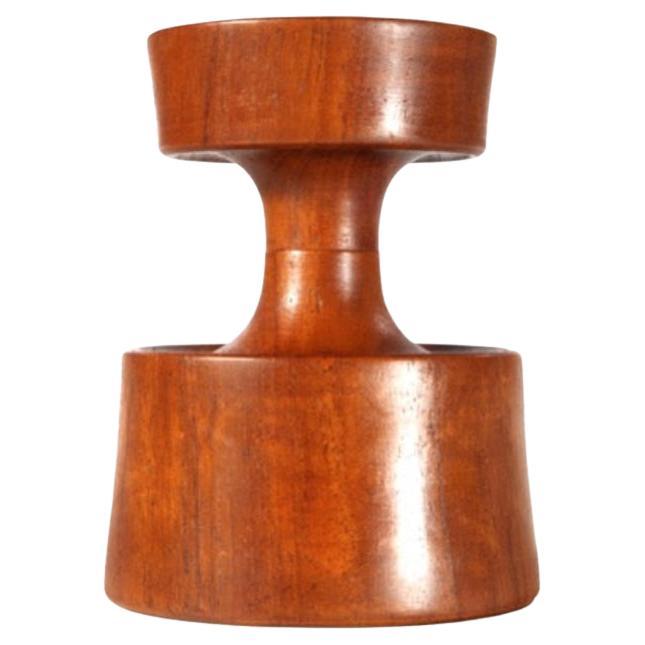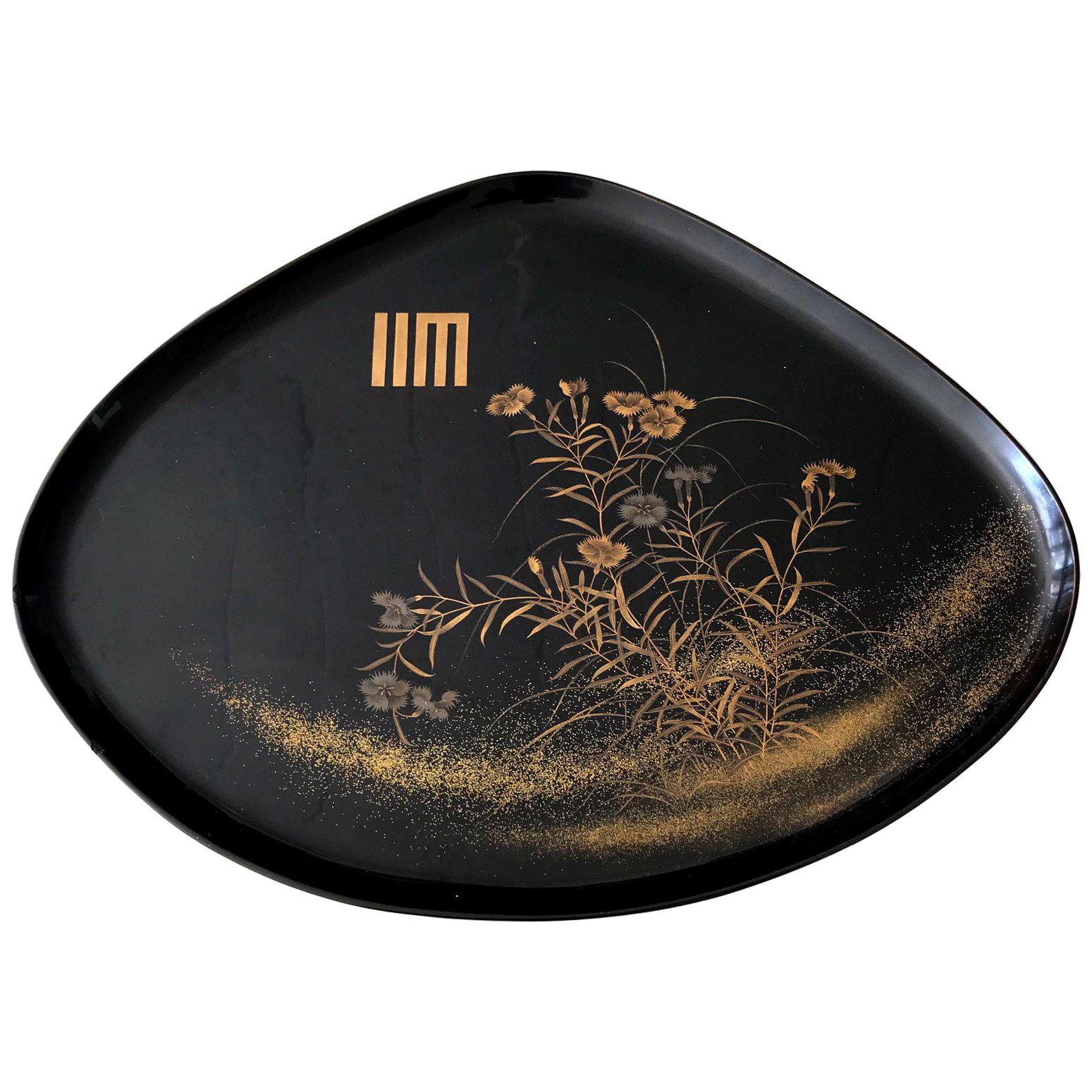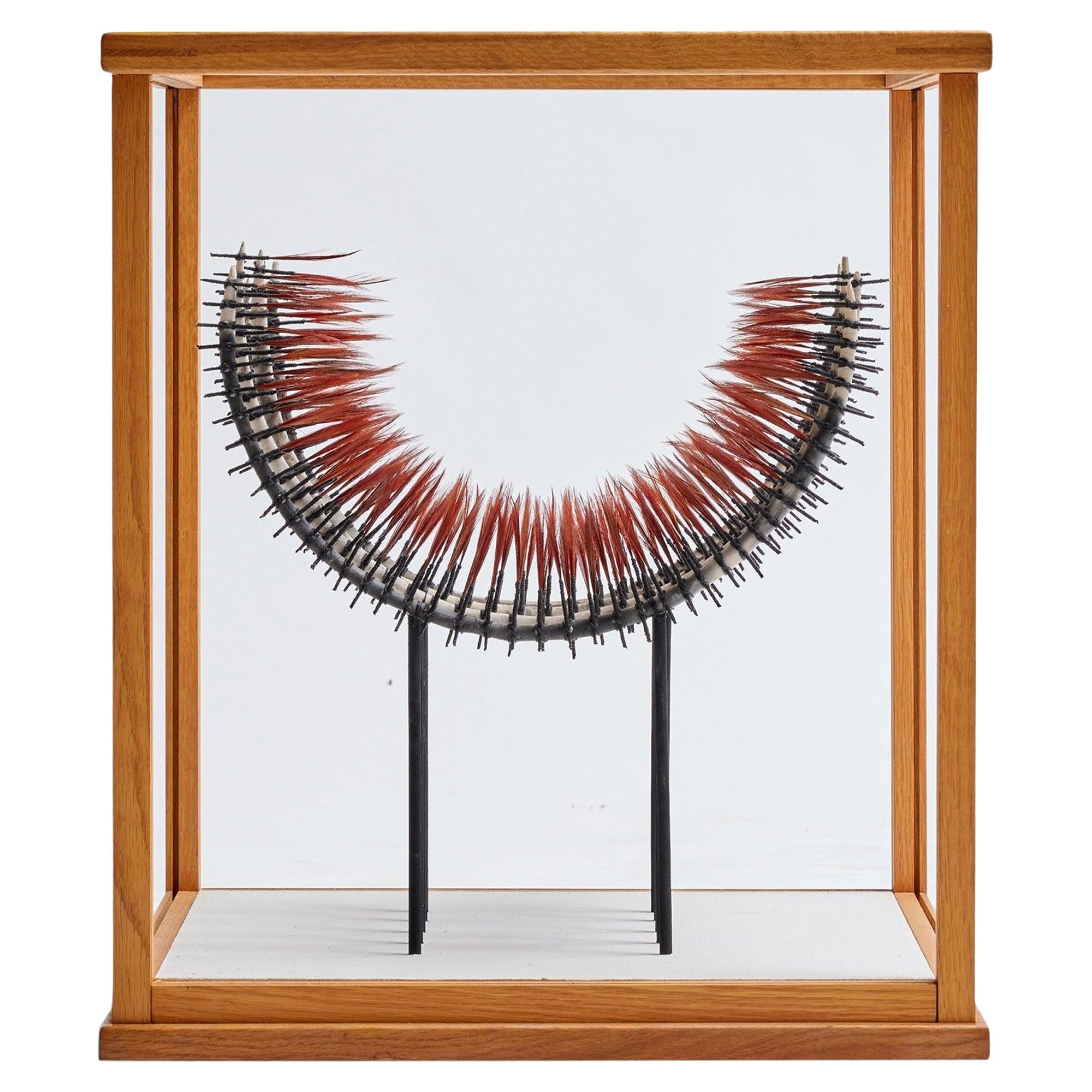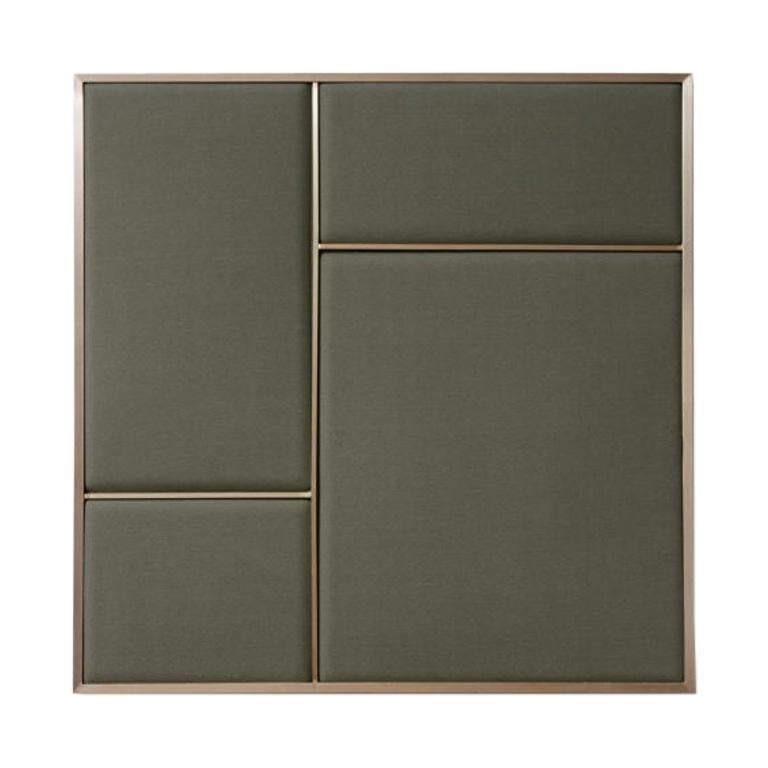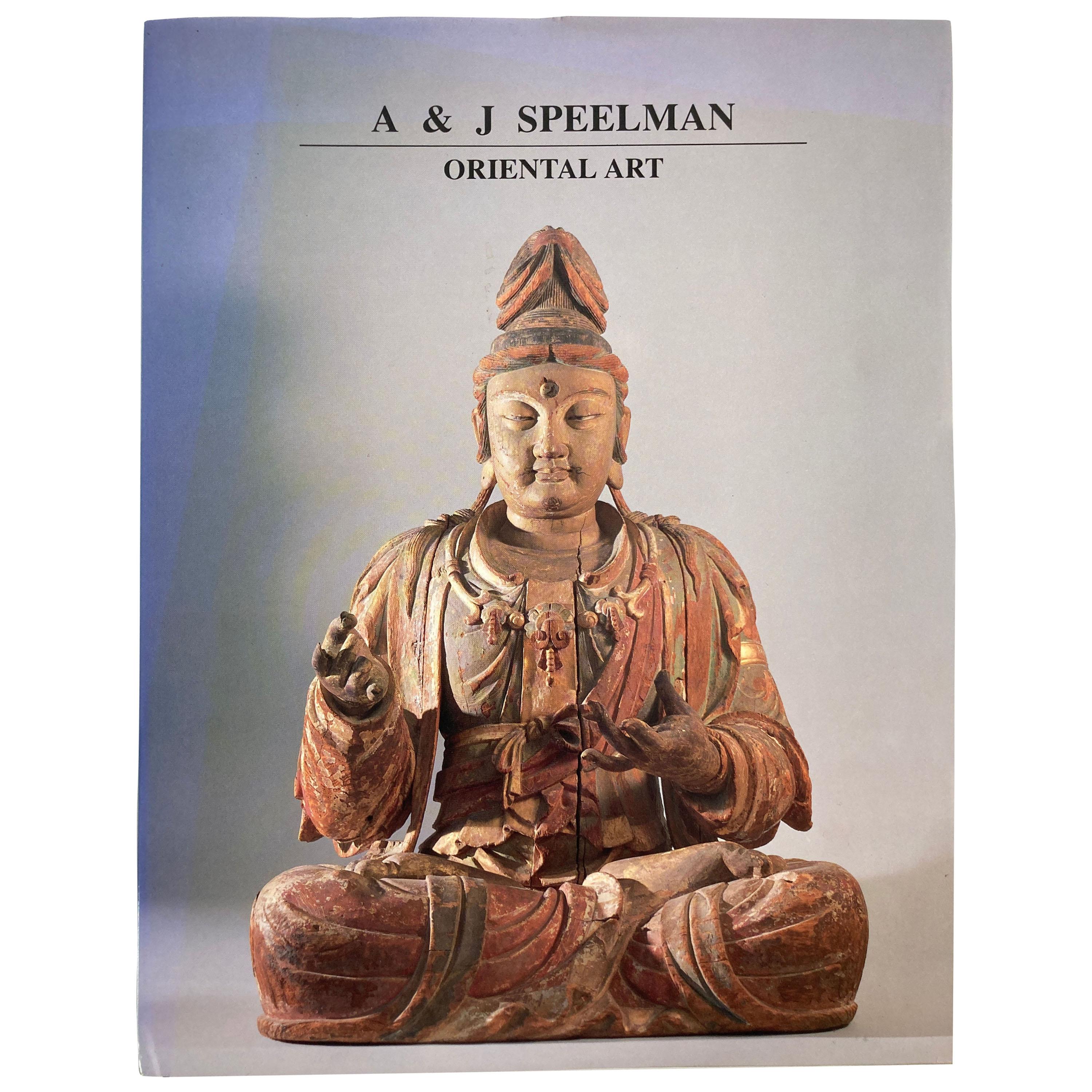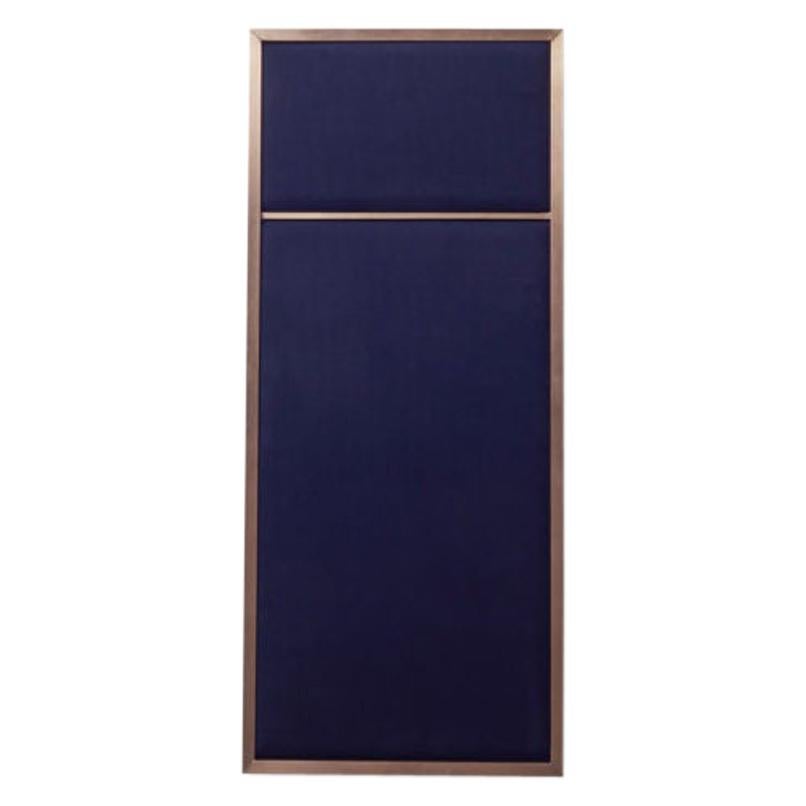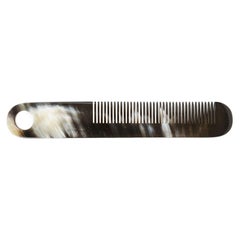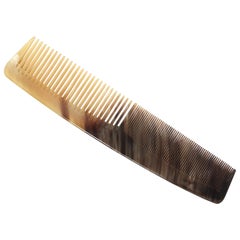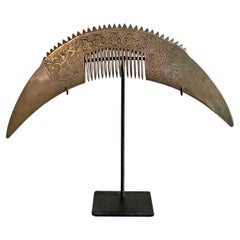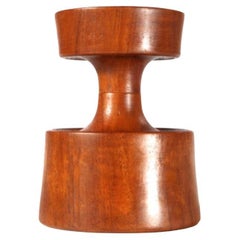
Piel Frères, an Art Nouveau Comb
View Similar Items
1 of 1
Piel Frères, an Art Nouveau Comb
$2,500List Price
About the Item
- Creator:Piel Frères (Manufacturer)
- Dimensions:Height: 4.14 in (10.5 cm)Width: 6.78 in (17.2 cm)Depth: 0.08 in (2 mm)
- Style:Art Nouveau (Of the Period)
- Place of Origin:
- Period:
- Date of Manufacture:circa 1900
- Condition:
- Seller Location:Monte Carlo, MC
- Reference Number:Seller: 64861stDibs: LU145029221341
Authenticity Guarantee
In the unlikely event there’s an issue with an item’s authenticity, contact us within 1 year for a full refund. DetailsMoney-Back Guarantee
If your item is not as described, is damaged in transit, or does not arrive, contact us within 7 days for a full refund. Details24-Hour Cancellation
You have a 24-hour grace period in which to reconsider your purchase, with no questions asked.Vetted Professional Sellers
Our world-class sellers must adhere to strict standards for service and quality, maintaining the integrity of our listings.Price-Match Guarantee
If you find that a seller listed the same item for a lower price elsewhere, we’ll match it.Trusted Global Delivery
Our best-in-class carrier network provides specialized shipping options worldwide, including custom delivery.You May Also Like
Comb by Carl Aubock
Located in Sagaponack, NY
An elegant comb hand-carved from cow horn with naturally occurring variations in color and pattern.
Category
Vintage 1960s Austrian More Asian Art, Objects and Furniture
Materials
Bone
Horn Comb In the Style of Carl Aubock
Located in Sagaponack, NY
A comb beautifully hand-crafted in horn.
Category
20th Century Austrian More Asian Art, Objects and Furniture
Materials
Bone
Early 20th Century Silver Engraved Chinese Comb on Stand
Located in Jimbaran, Bali
An early 20th century Chinese silver comb with engravings, mounted on a stand.
Dimensions; Height with stand 21cm / Height 10cm x Width 23cm D 0.04cm.
Category
Early 20th Century Chinese Qing Antiquities
Materials
Silver
$596 Sale Price
20% Off
Peugeot Frères Pepper Mill by Jens H. Quistgaard for Dansk Designs
Located in Sagaponack, NY
An elegant and simple teak pepper mill of an uneven hourglass shape; with Peugeot Frères steel grinder. Also stamped "Danmark" on bottom signifying pre-import era.
Category
20th Century Danish More Asian Art, Objects and Furniture
Materials
Wood
An Antique Japanese Lacquer Maki-e Tray
Located in Atlanta, GA
A fan shape black lacquer tray from Japan circa 1910-30s, late Meiji to early Showa era. Elaborated decorated with a bundle of yomogi blossom in a very fine Maki-e technique using both gold and silver powders. There is a Japanese symbol on the top left, which represents yomogiu, stemming from yomogi (蓬), a wild plant that belongs to the chrysanthemum family and widely grown in Japan.
This name yomogui is from a scene in the Tale of Genji...
Category
Early 20th Century Japanese Japonisme Lacquer
Materials
Lacquer
An important gild-bronze figure of Vasudhara from Nepal
Located in DEVENTER, NL
Material: bronze
19 cm high
13 cm wide and 11 cm deep
Weight: 1.423 kgs
Fire gilded with 24 krt. gold
Originating from Nepal
Dating from +/- 1700
Seated in lalitasana, her six arms ...
Category
21st Century and Contemporary Nepalese Sculptures and Carvings
Materials
Bronze
